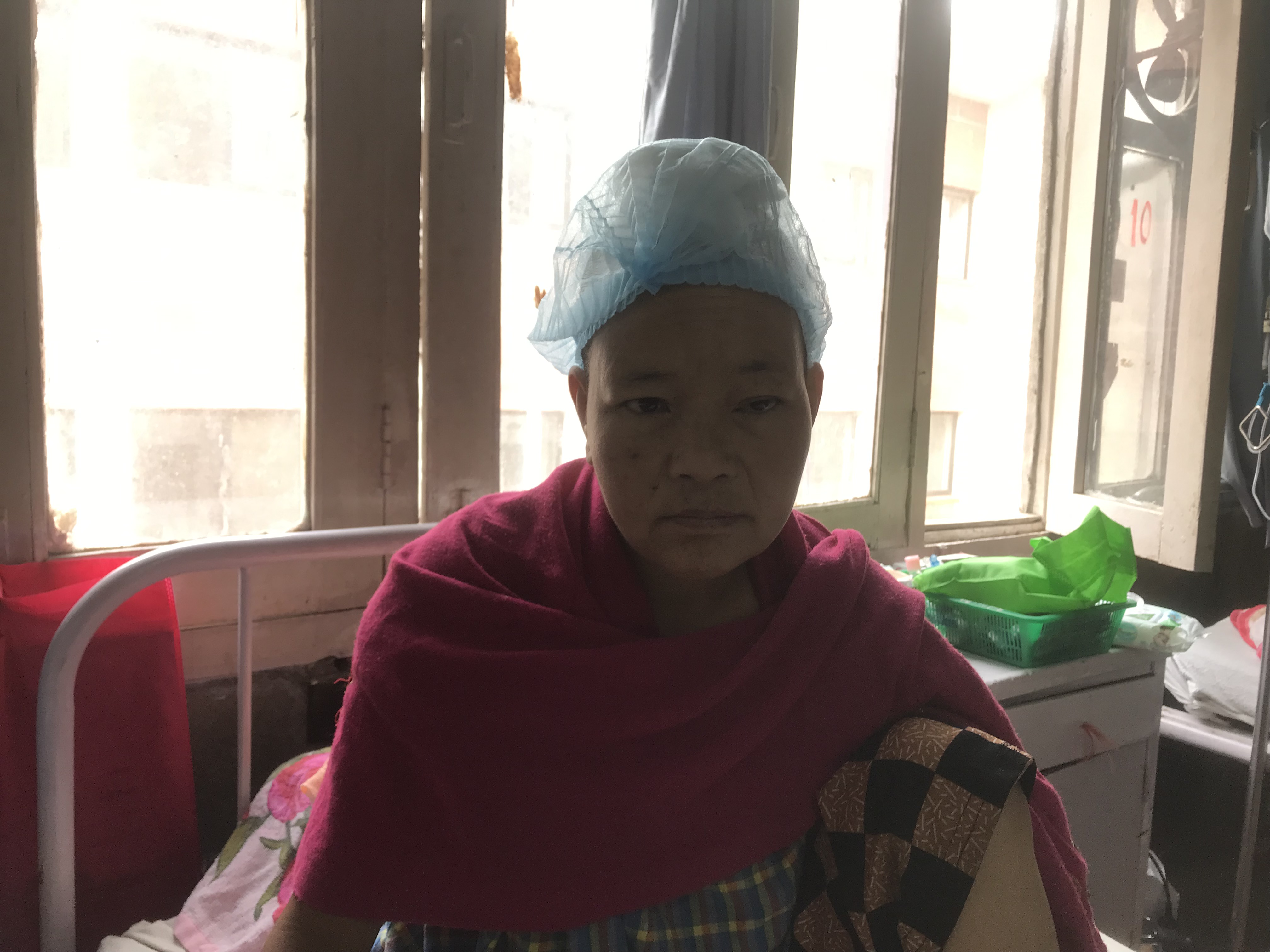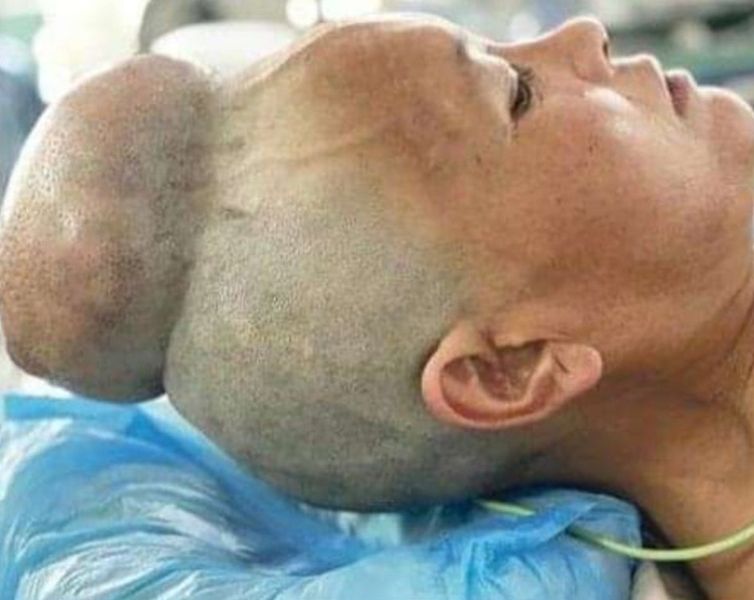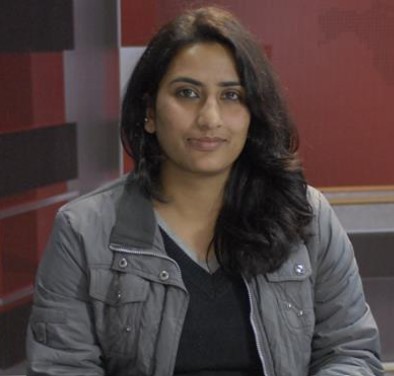Life & Health

Having just undergone a surgery, she sits on the hospital bed and struggles to eat her morning meal consisting of rice, meat, pumpkin and lentil with a spoon. Her blue surgical cap covers a gauze applied over the surgical cut on the vertex (middle part) of her scalp.
A nurse comes in and asks the doctor on duty if she needs a dressing.
The doctors replies in an affirmative.
Pramisha Sherpa, 37, of Rasnalu Gokulganga-3 Ramechhap, underwent the surgery for removal of the tumour that had grown on her head exponentially. “It had already been five years that the growth first appeared on the head. But after mid-February it started to grow massively,” said Sherpa.
Generally speaking, a tumour is "a mass of cells growing in or on a part of the body where they should not, usually causing medical problems" as per Oxford Dictionary.
Medics say such tumours can develop when the sebaceous gland becomes damaged or blocked. The gland produces the oil that coats hair and skin.
Such growths can also be because of dermoid, (type of tumour that contains a cyst filled with tissues that are normally found in the outer layers of the skin, including sweat and oil glands and can destroy bones), tumours that arise from bone, meningioma (a tumour that arises from the meninges - the membranes that surround the brain and spinal cord) arteriovenous malformation (an abnormal tangle of blood vessels connecting arteries and veins).

A team of doctors lead by Professor Dr Rajiv Jha of Department of Neuro Surgery, National Academy of Health Sciences, Bir Hospital had successfully removed the top-of-the-head tumour weighing one kilogram.
Others in the team included Assistant Professor Rajendra Shrestha, Dr Binod Rajbhandari, Dr Samir Aryal, Dr Binit Kumar Jha, Dr Sushil Mohan Bhattarai, Dr Prabhat Jha, Dr Subodh Gautam, Dr Namrata Khadka and Dr Kumar Paudel
“It is a new experience for us as it was one of the largest tumours we ever saw,” said Dr Prabhat Jha, one of the team members spoke to this reporter on behalf of Dr Rajiv Jha.
The size of the tumour had grown. The woman had reached the hospital quite late - only after it started weighing as heavy as her head. The doctors’ team took almost an hour to complete the surgery.
It had started giving her headaches and was itchy. “I had difficulty in taking bath, and had difficulty while sleeping. I used to cover my head as people used to talk and make comments about the tumour,” she said.
The tumour was causing a lot of anxiety and nuisance to Pramisha Sherpa and her family. But after the successful removal - costing Rs 80,000, she is a happy lady now. Soon she plans to get back to work.
Complications
The tumour on the human head, when it starts expanding, can go inside the brain and can cause erosion of bones, epilepsy, presses brain and also increases blood pressure of the brain. Patients can even die. The blood vessels can burst if left untreated.
“She was lucky that the tumour had not gone on the bones and brain. It was on the skin and on some layers inside the skin,” said Dr Jha.
Such tumours can be of small size - a pea shaped and slowly it expands if left untreated.
Don’t ignore any growths
Medical experts say that any kinds of growth on the head, skin or scalp should not be ignored. It may change in shape, colour or size, may itch or bleed. Though such tumours appear they don’t grow all of a sudden.
Tumour in the brain should be considered in three ways - either it is only on the skin, or has started in the bones, or is in the layer of the brain. It can appear in regions from inside the brain and outside the brain - on the scalp.
Ignorance in Nepal
Doctors say Nepali people in general are ignorant about such tumours, and warn that it should not be ignored.
Any kinds of growths either it is a pea shaped, or a lemon shaped, should be immediately consulted to the doctors. The tumours can burst and people can have infections. If the blood vessels burst it can lead to death, the doctor warned.
Such tumours can appear at any age to anyone.
Here people are ignorant about such growths as they say that it’s not paining. “Pain is not only the symptoms of any disease. What we should understand is any such growths should be immediately consulted,” said Dr Jha.
The best option is to consult a doctor any one --may be a general physician or a general surgeon who then will refer to other specific doctors.
After the conduction of the surgery Sherpa is recovering. “The chances for reoccurrence of such tumours on her brain is rare as it has all been removed,” said Dr Jha.

_11zon1681280198.jpg)




